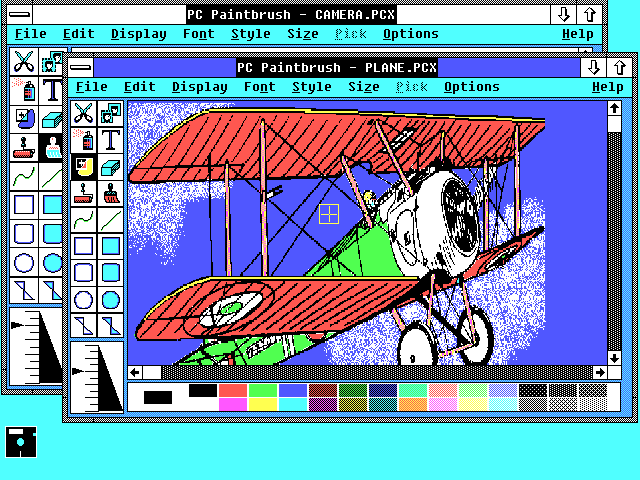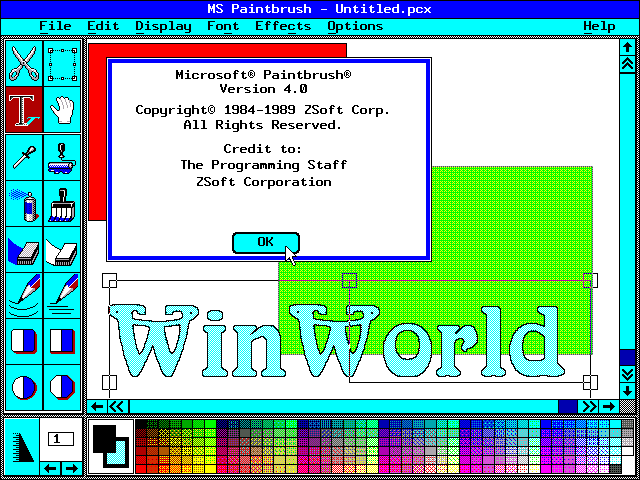

Hardware Support and Other Features in Windows 3.1

Several standard applications that still come bundled with Windows today were also included: Paintbrush ( Paint 3D), Write (WordPad), Notepad, Calendar, and Calculator. Speaking of File Manager, this was the main app for managing your files and the resources of your computer such as local disks, attached disks, and network resources.

Program Manager contained much of the familiar elements that can be found in Windows today, such as programs, Control Panel, and File Manager. Navigating the interface and file system was performed through the Program Manager, a predecessor to the Start menu. There was no Taskbar instead, you used the Task List application or the alt + tab keyboard command to switch between running applications. Whenever you minimized an application to the desktop, clicking it would activate a context menu offering the option to restore the application, move, maximize, close or switch to another application. In Windows 3.1, the minimize and maximize buttons are up and down arrows. It wasn’t unusual for users to lose their apps and open multiple instances, causing ‘out of memory’ errors. There was no support for functions like the right-click menu either. The actual desktop itself was, unfortunately, useless all it could do was host open applications when you minimized them. Beyond that, it was a far cry from what we recognize as a legit desktop environment today. The interface utilized common desktop concepts such as windows, icons, menus and a mouse cursor. The desktop back then was severely limited I had a copy set up in VirtualBox just to get a feel for what it was like to use the ancient release. While researching this article, I was surprised to discover that the system could theoretically utilize up to 4 GB of RAM when used in enhanced mode, even though the practical limit was 256 MBs of RAM-a significant step up from Windows 3.0’s 16 MB limit. Booting into the Windows 3.1 environment required entering the / win command.
#PAINTBRUSH WINDOWS 3.1 INSTALL#
In fact, before you could use Windows 3.1, you would first install a compatible version of MS-DOS, then start setup at the command line. Like earlier releases of Windows, Windows 3.1 was not a true operating system in the sense of Windows NT or Windows 95, but rather an operating system environment dependent on the underlying MS-DOS based architecture. That said, these early releases stand as major milestones in the growth of the company and the user experience with PCs. Today, Microsoft, of course, is looking to the future rather than the past, especially with the fast-paced releases of its current flagship OS, Windows 10. “For as long as I’ve been using computers.” As the two characters in this early 90s Windows 3.1 commercial quip: The operating system was poised as familiar on the interface level, but revolutionary in terms of performance enhancements and support for new features.


 0 kommentar(er)
0 kommentar(er)
